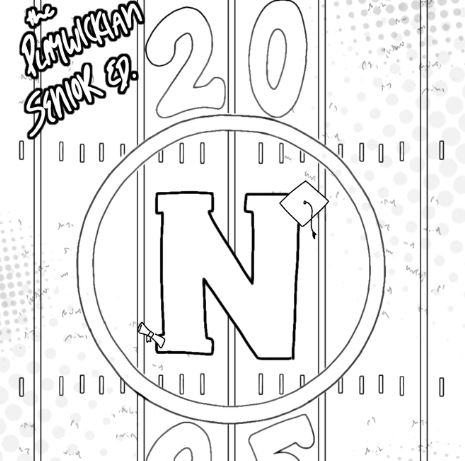By Shealyn Miles
Special Features Editor
Consumed by an age in which emotional detachment is prevalent, the average teen may find solace in the notion that there is someone to reach out to in times of need. With suicide being the third leading cause of death among American youth, one would assume that the risks of self-harm would be spoken of regularly. Unfortunately, here at Neshaminy, it seems as though efforts to address these issues have been dwindling.
As a public institution, it is the responsibility of the staff to be aware of students’ needs beyond academics. It is impossible for a student to flourish intellectually at school if their personal needs are not being met at home. That being said, there should be an outlet for teens to rely upon to avoid further discontent beyond what may be going on at home.
Because victims of self-harm are not easily recognizable, their practices, more often than not, continue, unnoticed and untouched. Therefore, the school community should offer programs continually throughout a student’s entire high school career.
Currently, suicide- prevention is addressed in a required heath class for students their sophomore year. While this is certainly beneficial, it is limited. A senior may have forgotten their health class that had taken place two years prior. When it comes to suicide and self-harm prevention, reinforcement of support is key.
Several of Neshaminy’s clubs and events that had been favorable among students in past years have, regrettably, been taken away.
Neshaminy had been home to S.A.D.D. (Students Against Destructive Decisions.) Back in 2006, the club had implemented a yellow ribbon week (the yellow ribbon is symbolic for suicide prevention). During the week, students were given yellow ribbon cards to use or to give to a friend with the message that it is okay to ask for help. The program was established in response to the four suicides in Neshaminy’s class of 2006.
The club disbanded after the former adviser, Jessica Cohen, had resigned and no one volunteered for the position.
Neshaminy also had a very popular event in the month of March known as Challenge Day. It’s purpose was, not only to give students a chance to talk about their lives, but also to hear about the lives of their classmates, giving them a better understanding of one another.
An extension of Challenge Day, was the Challenge Day club. This gave students an opportunity to meet every two weeks to discuss the issues that they may be having.
“It was a chance to talk about what was going on in your life, and look at it in a positive way,” former adviser, Kate Livingstone said. Livingstone would make sure that every meeting would end on a positive note.
The club members were hoping to improve the club this year by inviting guest speakers to address specific issues such as anorexia, depression, etc., but funding had been cut.
It is clear that the high school’s efforts to support victims of self-harm are deteriorating. Self-harm is not something that is going to disappear, and incoming students should know that they are entering an environment that is going to offer them a place of peace, not a place of ignorance.






